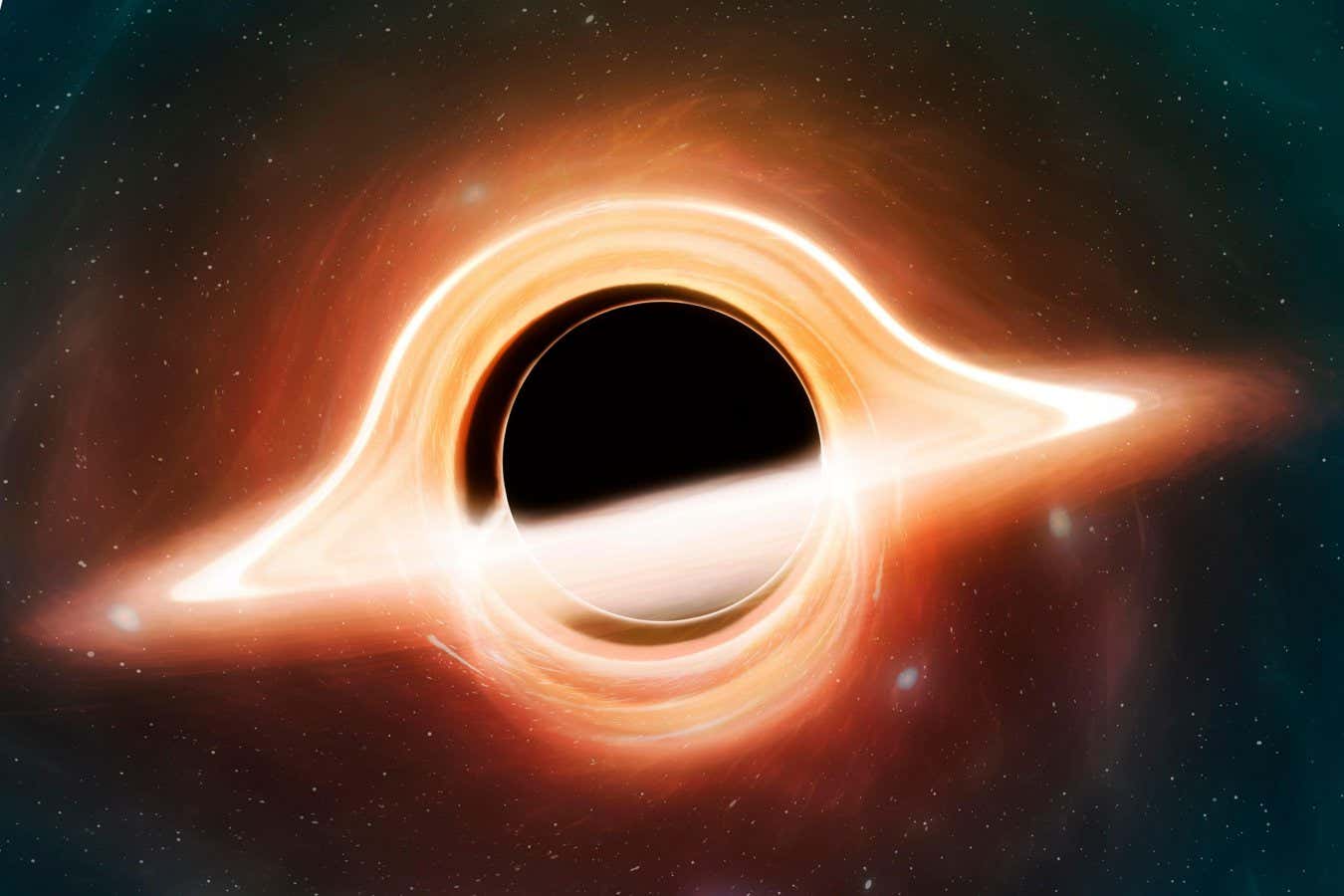By using light to emulate the structure of space-time, researchers can better understand black holes – and the exotic objects that mimic them
By Karmela Padavic-Callaghan
12 June 2025
Researchers can create structures analogous to black holes in the lab
Science Photo Library/Alamy
By manipulating light into a fluid-like form, then using it to simulate space-time, researchers hope to unlock our understanding of black holes and other exotic objects.
Read more
First ever 'black hole bomb' created in the lab
Supermassive cosmic objects, such as black holes, are very difficult to study directly, but researchers can construct useful analogues in the laboratory using quantum effects. For example, researchers previously simulated space-time – the fabric of our physical reality – using extremely cold atoms, then populated it with the equivalents of black holes.
Now, Kévin Falque at the Kastler–Brossel Laboratory (LKB) in Paris and his colleagues have used light to create an exceptionally well-controlled space-time analogue.
To do so, they confined light in a small cavity made from a reflective semiconductor material, where it bounced between the layers of the material and interacted with electric charges within it. During this process, quantum interactions ultimately turned the light into a liquid-like state of matter.
The team could use lasers to control the properties of this fluid and sculpt it to have the same geometry as space-time. They could also manipulate it to create structures equivalent to the horizon of a black hole – the edge that objects can fall over but never return from.
